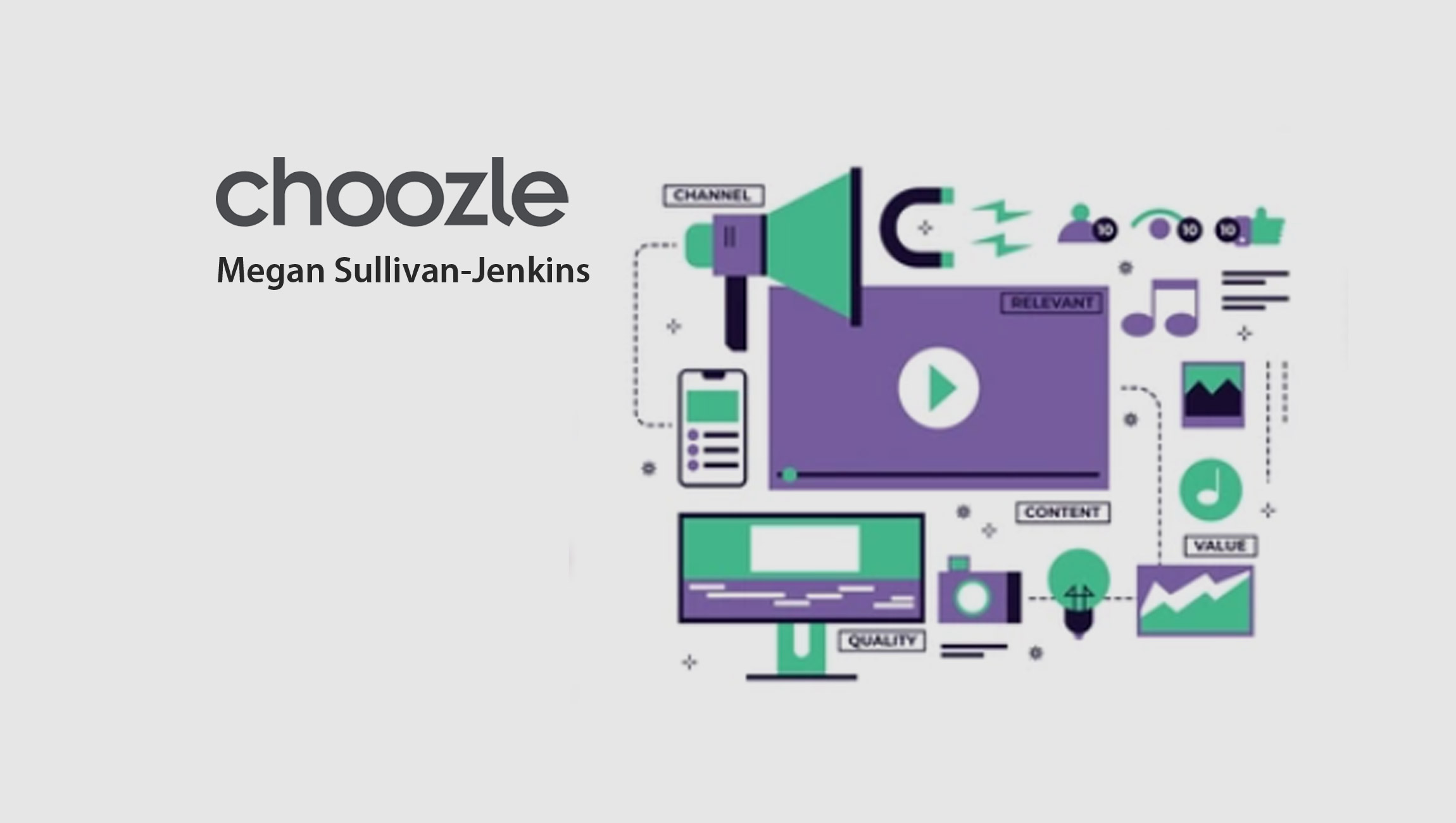Throughout the first half of 2021, digital advertising trends continue to adapt and respond to the world — consumer behavior is still changing rapidly, timelines around third-party cookies regulations are shifting, and more. These changes have spurred conversations about how digital transformation will take hold in a post-pandemic world.
The results of a recent report revealed that as consumer behavior continues to shift from desktop to mobile, marketers are also changing their overall strategies to target across multiple devices. It also brought to light that many consumers are unaware of how these developments affect them.
Marketing Technology News: MarTech Interview with Lorn Davis, VP of Corporate and Product Strategy at Facteus
Device Types & Usage
Mobile has continually been the leading digital advertising device in 2021, taking up 49% of the budget allocation. An increase of 16% since the end of 2020 shows that consumer behaviors have shifted to being outside of their homes again, and marketers have responded by moving budgets to mobile devices in order to stay in front of consumers.
Consumer behavior will continue to change throughout the year as consumers return to normal and head back to the office. Mobile, desktop, and connected TV will always have slightly different needs for budgets and CPMs. Marketers should look to create separate ad groups to allow for more straightforward optimizations.
Unsurprisingly, connected TV shows very strong video completion rates (VCR). However, desktop and tablet also produce high VCR, highlighting the need for cross-device video strategies to reach consumers on all these device types. Connected TV usage in digital advertising campaigns continues to increase in adoption, growing by 21 % since the end of 2020. The increased usage coupled with strong video completion rates (VCR) at 97 % highlight the benefit it provides for marketers. Major networks, like Fox, NBCU, and others, have fully embraced connected TV. Marketers should expect more premium inventory to become available, especially around hallmark events like The Olympics, The Emmys, and Monday Night Football.
Display saw the most earned impressions at 83%, which shows how much display inventory is available compared to video and audio. As marketers continue to integrate audio into their advertising strategies and more inventory becomes available on streaming audio, we should continue to see the number of earned impressions increase.
With native and display being extremely cost-effective, marketers should include them in their strategies to reach consumers at different points in the marketing funnel. Video and audio see high completion rates and low click through rates, as they are top-of-funnel strategies that drive brand awareness.
As consumer behaviors shift this year to be outside of their homes again, marketers should look to move budgets to mobile devices in order to stay in front of consumers. Marketers should use win rate as a critical indicator of the performance of their targeting. If win rates are low, then base and max bids should be increased to stay competitive.
Consumers’ adoption of multiple devices will continue even when they ease back into the ordinary course of business. Cross-device targeting strategies will be critical to stay in front of them throughout the marketing funnel. As well as capturing consumers’ attention while they are using multiple devices at the same time.
Marketing Technology News: MarTech Interview with Maggie Lower, Chief Marketing Officer at Hootsuite
The growth of mobile means consumers are more likely to make large purchases or decisions on their mobile devices. Building responsive websites and separating your mobile targeting from desktop will be essential in creating a good user experience and optimizing campaign performance.
Marketers should look to diversify the media types they are using in their campaign strategy. Not only will it help keep CPMs low, but it will also engage consumers across different media types.
Targeting Tactics & Performance
Marketers seem to be testing more targeting strategies as they prepare for the end of third-party cookies. Trends show that more digital advertising campaigns have used third-party data (from 35% to 42%) and contextual targeting (from 6% to 16%) since the end of 2020. Despite higher CPMs, marketers have increased the usage of third-party data targeting because they see higher CTRs, highlighting how this targeting strategy enables reaching the right audience.
Marketers have moved on from IP address targeting in 2021 with usage decreasing by 20% as businesses offer more hybrid work options, which impacts the effectiveness. Instead, marketers are using account-based marketing or third-party data strategies to reach this core audience.
We came into the year with a ticking clock on the end of third-party cookies. However, Google recently announced they have pushed back this deadline to the end of 2023. While the deadline for third-party cookies is pushed back, it doesn’t mean marketers should stop using their first-party data more. Strengthening the use of CRM data will only help in the long run.
Third-party data usage has increased over the last year. Despite higher CPMs, marketers see high CTRs, highlighting how this targeting strategy enables reaching the right audience. Contextual category and contextual keyword targeting continue to be cost-effective tactics that drive high click-through rates.
Closing Thoughts
The survey showcases a broad shift in the digital advertising landscape since the start of the year. While consumer behavior adjusts to being more multi-channel, results did reaffirm that consumers are expressing a greater affinity towards connected devices and being served advertisements through streaming services. However, it may be in the best interest of marketers who have pillared their efforts in trends such as video or voice to revisit their strategies to incorporate all device types if they wish to stay ahead of ever-changing consumer behavior.
Marketing Technology News: MarTech Interview with Cailin Pitcher, VP of Marketing at Paubox











